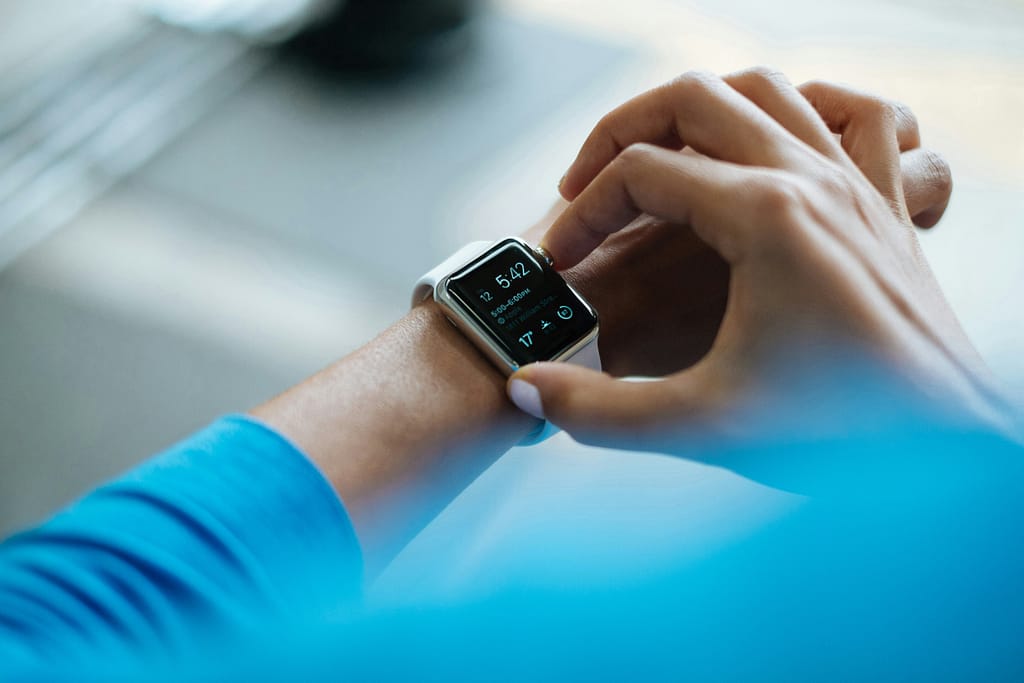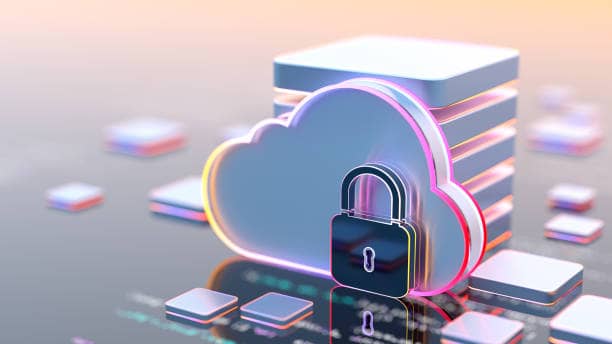The AI and IoT Revolution: Transforming Industries and Everyday Life
- May 16, 2024
- Posted by: Cheryl Li
- Category: AI Technology Deep Dives

The convergence of Artificial Intelligence (AI) and the Internet of Things (IoT) represents a revolutionary synergy that is transforming various industries and reshaping our everyday lives. Individually, AI and IoT are powerful technologies. AI, with its ability to learn from data and make intelligent decisions, and IoT, with its capability to connect and manage a myriad of devices, together create a synergy that leads to smarter, more efficient systems. This blog post explores how AI and IoT complement each other, the benefits of their integration, and real-world applications that highlight this powerful synergy.
Understanding AI and IoT
What is AI?
AI refers to the simulation of human intelligence processes by machines, especially computer systems. These processes include learning (the acquisition of information and rules for using the information), reasoning (using rules to reach approximate or definite conclusions), and self-correction. AI encompasses various subfields, including machine learning, neural networks, natural language processing, and computer vision.
What is IoT?
The Internet of Things (IoT) refers to the interconnection of everyday devices and objects to the internet, enabling them to send and receive data. These devices range from household items like refrigerators and thermostats to industrial machines and infrastructure components. IoT enables these devices to communicate and work together, creating a network of connected devices that can be monitored and controlled remotely.
The Synergy of AI and IoT
When AI and IoT are combined, they create intelligent systems that can learn from data, make decisions, and perform tasks autonomously. This synergy enhances the capabilities of IoT devices by making them smarter and more efficient, while AI benefits from the vast amounts of data generated by IoT devices.
Enhancing IoT with AI
AI enhances IoT devices in several ways:
- Data Analysis: IoT devices generate massive amounts of data. AI algorithms can analyze this data to extract meaningful insights, identify patterns, and make predictions. This capability is crucial for applications such as predictive maintenance, where AI can predict when a machine is likely to fail based on data from sensors.
- Automation and Control: AI can automate the control of IoT devices, making real-time decisions based on data analysis. For instance, AI can adjust the temperature of a smart thermostat based on the weather forecast and the occupants’ preferences, optimizing energy consumption.
- Enhanced Security: AI can enhance the security of IoT networks by detecting anomalies and potential threats in real-time. AI-driven security systems can identify unusual patterns of behavior, such as unauthorized access attempts, and take corrective actions to prevent breaches.
- Personalization: AI can use data from IoT devices to provide personalized experiences. For example, smart home systems can learn the habits and preferences of the occupants to automatically adjust lighting, heating, and entertainment systems.
Empowering AI with IoT
IoT empowers AI by providing a wealth of data and enabling real-world interactions:
- Data Collection: IoT devices collect vast amounts of data from various sources, including sensors, cameras, and user interactions. This data is essential for training AI models, as the quality and quantity of data directly impact the performance of AI algorithms.
- Contextual Understanding: IoT devices provide contextual information that enhances the understanding of AI systems. For instance, location data from IoT devices can help AI algorithms make more accurate predictions and recommendations.
- Real-Time Feedback: IoT devices enable AI systems to receive real-time feedback from the environment, allowing them to learn and adapt quickly. This feedback loop is critical for applications such as autonomous vehicles, where AI systems need to respond to dynamic conditions.
Real-World Applications of AI and IoT
The integration of AI and IoT is driving innovation across various industries. Here are some real-world applications that highlight the power of this synergy:
Smart Homes
In smart homes, AI and IoT work together to create a more comfortable, convenient, and energy-efficient living environment. AI-powered home automation systems use data from IoT devices to learn the preferences and routines of the occupants. For example, smart thermostats adjust the temperature based on the occupants’ habits, and smart lighting systems optimize lighting levels based on natural light and occupancy.
Healthcare

AI and IoT are revolutionizing healthcare by enabling remote patient monitoring, predictive diagnostics, and personalized treatment plans. Wearable IoT devices, such as fitness trackers and smartwatches, collect data on vital signs, physical activity, and sleep patterns. AI algorithms analyze this data to detect anomalies, predict health issues, and provide personalized health recommendations. In hospitals, IoT devices and AI systems improve patient care by monitoring vital signs and alerting healthcare providers to potential issues.
Industrial Automation
In industrial settings, AI and IoT enhance operational efficiency, safety, and productivity. IoT sensors monitor equipment and environmental conditions in real-time, while AI algorithms analyze this data to optimize production processes and predict equipment failures. Predictive maintenance, powered by AI and IoT, reduces downtime and maintenance costs by identifying potential issues before they lead to equipment failure. Additionally, AI-driven robotics and automation systems streamline manufacturing processes and improve quality control.
Agriculture
Smart agriculture leverages AI and IoT to optimize farming practices and improve crop yields. IoT sensors monitor soil conditions, weather patterns, and crop health, providing valuable data for AI algorithms. AI-driven systems analyze this data to provide farmers with insights and recommendations on irrigation, fertilization, and pest control. Precision farming techniques, enabled by AI and IoT, reduce resource consumption and increase productivity, contributing to sustainable agriculture.
Smart Cities
In smart cities, AI and IoT work together to enhance urban living and infrastructure management. IoT sensors monitor traffic, air quality, energy usage, and public safety. AI algorithms analyze this data to optimize traffic flow, reduce energy consumption, and improve emergency response times. Smart city initiatives, powered by AI and IoT, create more sustainable and livable urban environments by addressing challenges such as congestion, pollution, and resource management.
Challenges and Considerations
While the synergy of AI and IoT offers immense potential, it also presents several challenges and considerations:
Data Privacy and Security

The integration of AI and IoT involves collecting and analyzing vast amounts of data, raising concerns about data privacy and security. Protecting sensitive information and ensuring compliance with data protection regulations is crucial. Implementing robust security measures, such as encryption and secure authentication, is essential to safeguard data and maintain user trust.
Interoperability
The diverse range of IoT devices and platforms presents interoperability challenges. Ensuring that different devices and systems can communicate and work together seamlessly is essential for realizing the full potential of AI and IoT. Developing standardized protocols and frameworks can facilitate interoperability and enable seamless integration.
Scalability
The scalability of AI and IoT solutions is a critical consideration, especially as the number of connected devices continues to grow. Ensuring that AI algorithms can process and analyze large volumes of data in real-time is essential for maintaining performance and efficiency. Leveraging edge computing and cloud-based solutions can help address scalability challenges.
Ethical Considerations
The deployment of AI and IoT raises ethical considerations, including issues related to bias, transparency, and accountability. Ensuring that AI algorithms are fair, transparent, and accountable is crucial for building trust and ensuring ethical outcomes. Developing ethical guidelines and frameworks can help address these considerations and promote responsible AI and IoT deployment.
Conclusion
The synergy between AI and IoT is transforming our world, driving innovation and enhancing efficiency across various industries. By combining the intelligence of AI with the connectivity of IoT, we can create smarter, more efficient, and more responsive systems that improve our quality of life. While challenges remain, the potential benefits of AI and IoT integration are immense. By addressing these challenges and embracing the opportunities, we can unlock the full potential of this powerful synergy and shape a more connected, intelligent, and sustainable future.

